Drapery vs. Sheers: What’s the Difference and When to Use Each
TLDR;
Drapery is a heavy, lined fabric that provides privacy, insulation, and a formal look—ideal for bedrooms and living rooms. Sheers are lightweight, translucent panels that let in natural light, perfect for creating airy, casual spaces or layering beneath drapes.
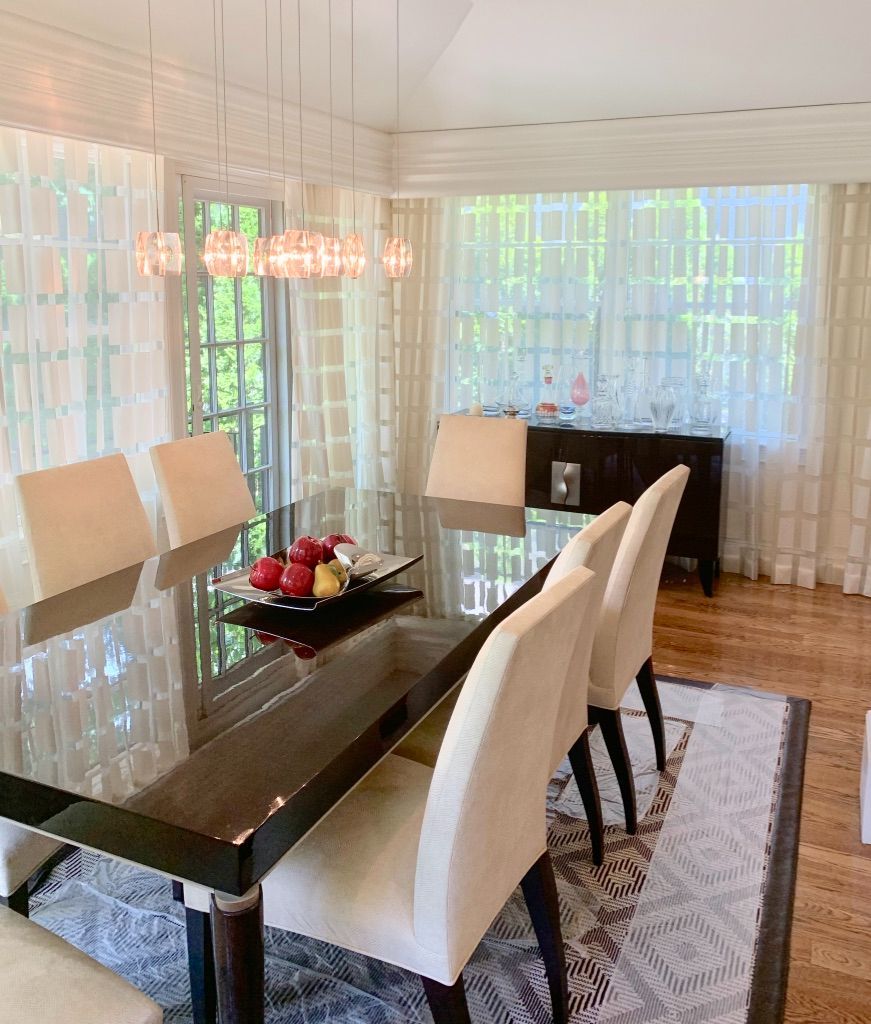
Choosing between drapery and sheers depends on your goal: If you want privacy, light blocking, and insulation, go with drapery. If you prefer natural light and a breezy look, sheers are the way to go. Many homeowners use both for flexibility and layered elegance.
Understanding Drapery and Sheers
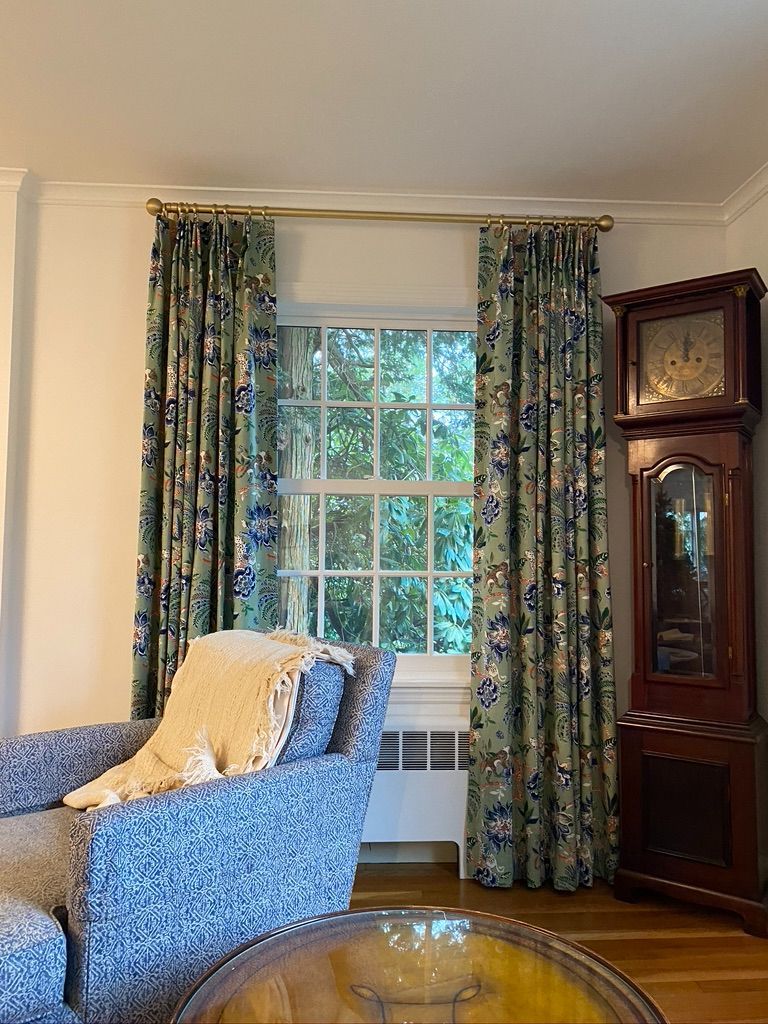
What Are Drapes?
- Made of thick, often lined fabrics like velvet, silk, or brocade
- Designed to block out light and reduce noise
- Typically floor-length and used in formal settings
- Adds weight, drama, and texture to a room
- Provides insulation during colder months
What Are Sheers?
- Lightweight, translucent fabrics like voile or chiffon
- Softens and filters natural light without blocking it
- Often used to create a romantic, airy atmosphere
- Best for casual or modern spaces
- Can be used alone or layered under drapery
Key Differences Between Drapes and Sheers
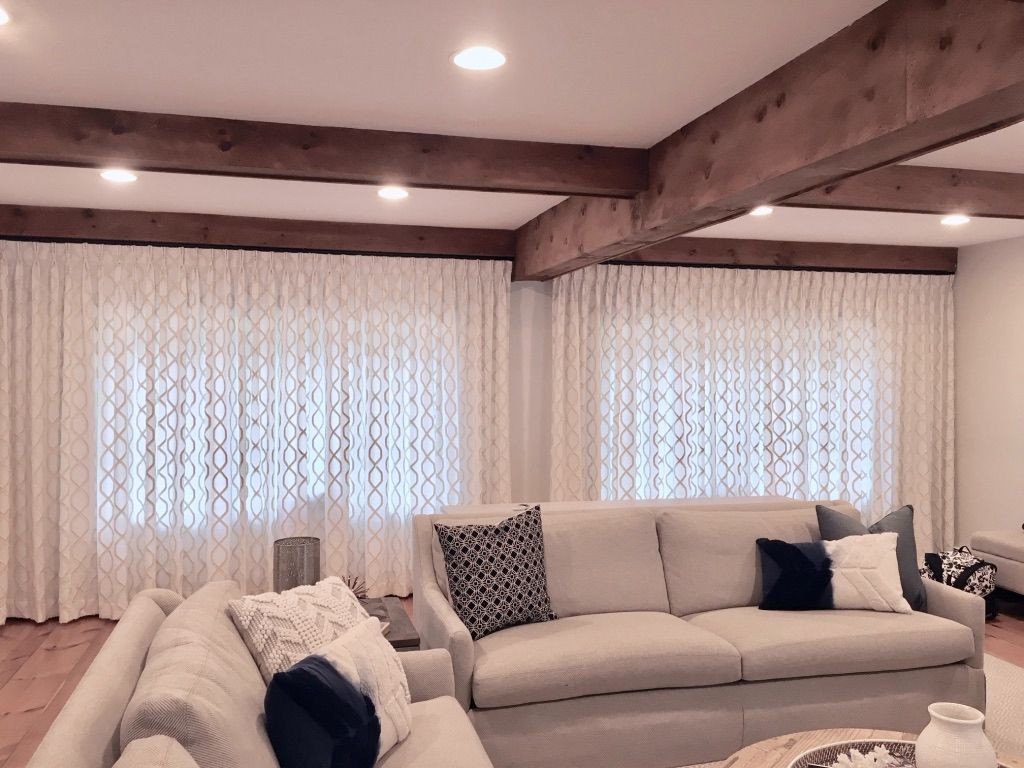
Fabric Weight and Material
- Drapes: Heavy, lined, luxurious fabrics
- Sheers: Light, breathable, see-through panels
Light Control and Opacity
- Drapes offer complete light blockage when closed
- Sheers gently diffuse sunlight, ideal for soft lighting
Privacy vs. Visibility
- Drapes provide complete privacy
- Sheers offer minimal privacy, especially at night
Installation Hardware
- Drapes require sturdy rods, sometimes double rods when layered
- Sheers can hang from lighter rods or tension rods for temporary use
Cleaning and Maintenance
- Drapes often need dry cleaning due to fabric type
- Sheers can usually be machine-washed on delicate settings
When to Use Drapery
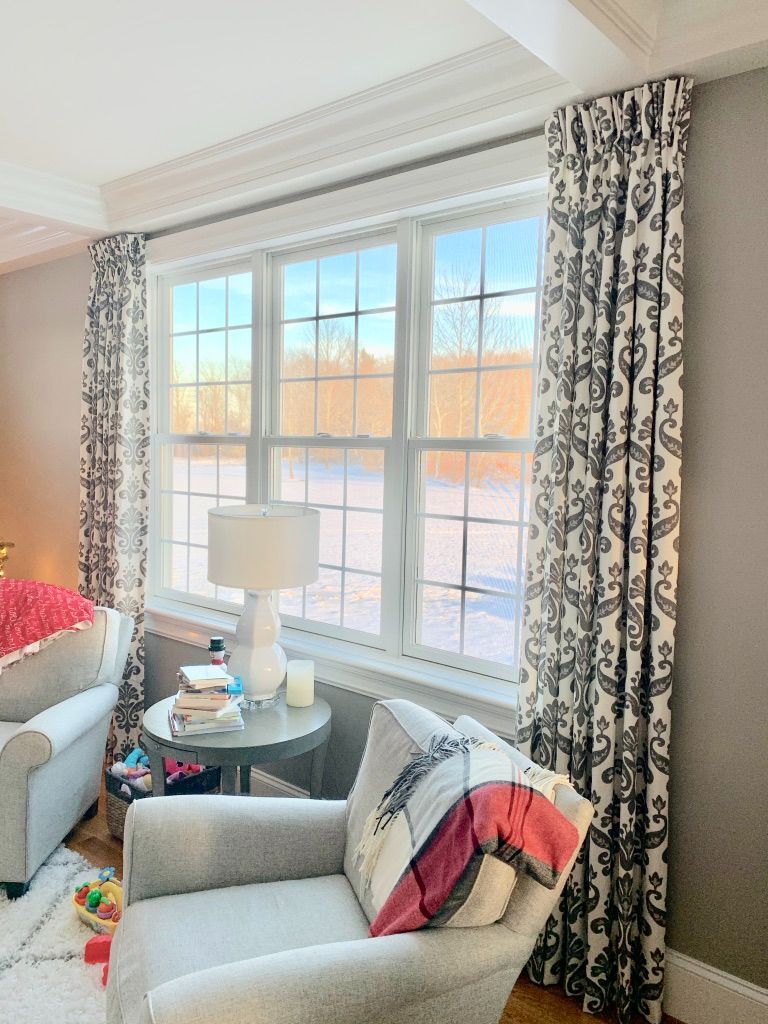
Drapery is ideal when privacy, insulation, and elegance are priorities.
Use drapes in:
- Bedrooms: To block light, reduce noise, and retain warmth
- Living rooms: For a polished, formal appearance
- Drafty areas: To insulate windows and lower heating bills
Choose options like blackout lining, thermal fabrics, or custom lengths to match your space and energy needs.
When to Use Sheers
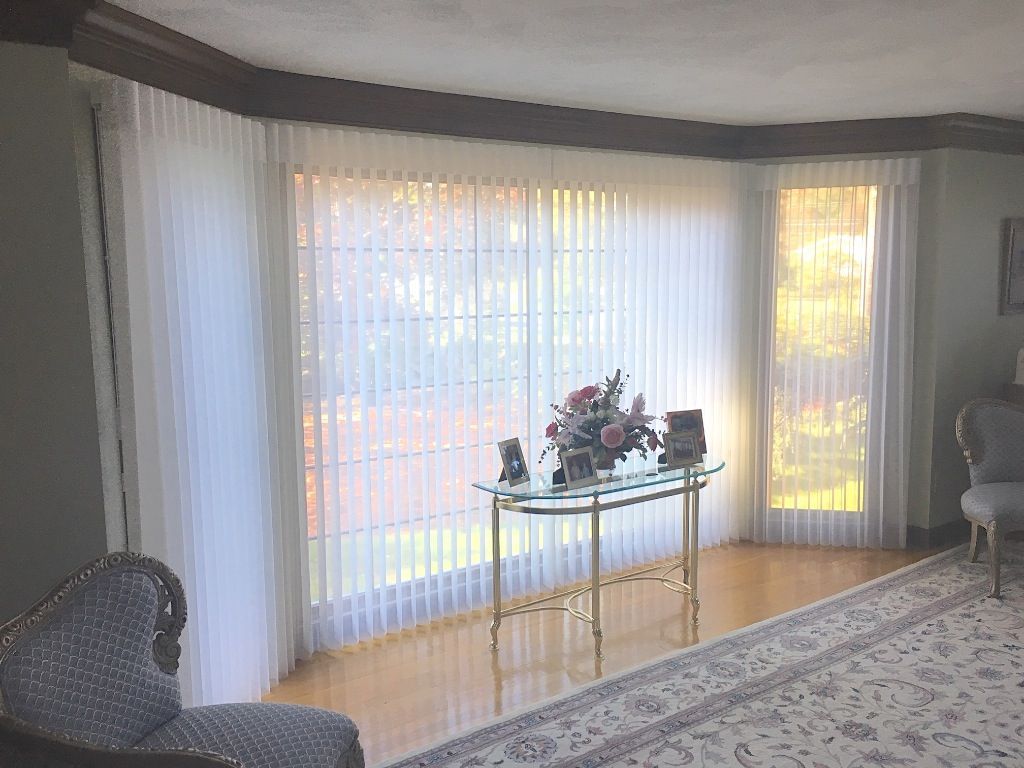
Sheers are best in rooms where light, openness, and simplicity are preferred.
Use sheers in:
- Kitchens & dining areas: Brightens space without sacrificing ambiance
- Sunrooms: Maintains views while softening light
- Modern/minimalist rooms: Enhances clean, light-filled design
Sheers can be customized in different lengths, patterns, and textures to suit a variety of decor styles.
Using Drapery and Sheers Together
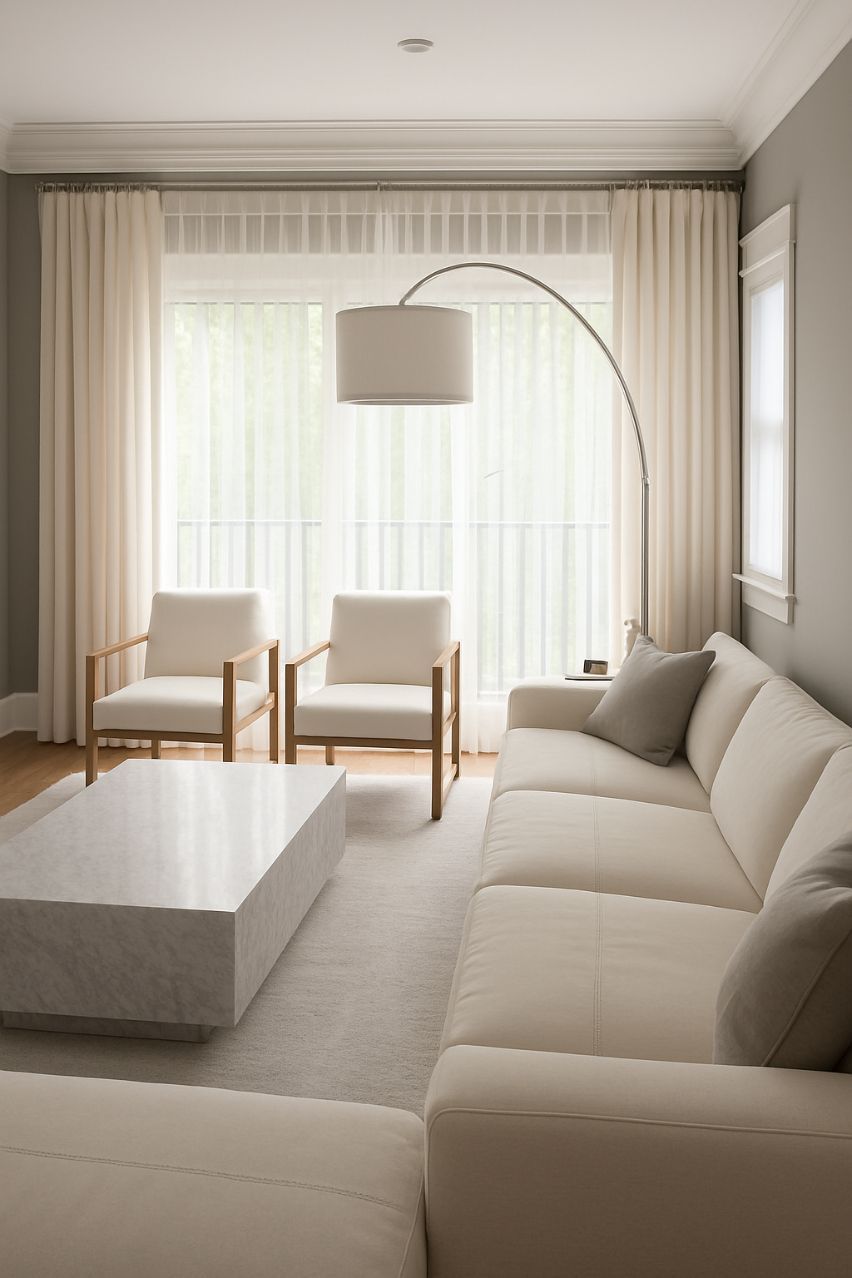
Layering drapes and sheers combines form and function.
Why it works:
- Sheers allow light in during the day
- Drapes close for complete privacy and blackout
- Adds visual depth and style to windows
Design tips:
- Use double curtain rods
- Try blackout velvet with white voile sheers
- Use motorized tracks for convenience
Layering is ideal for bedrooms, living rooms, and even patio doors where versatility matters.
Room-by-Room Recommendations
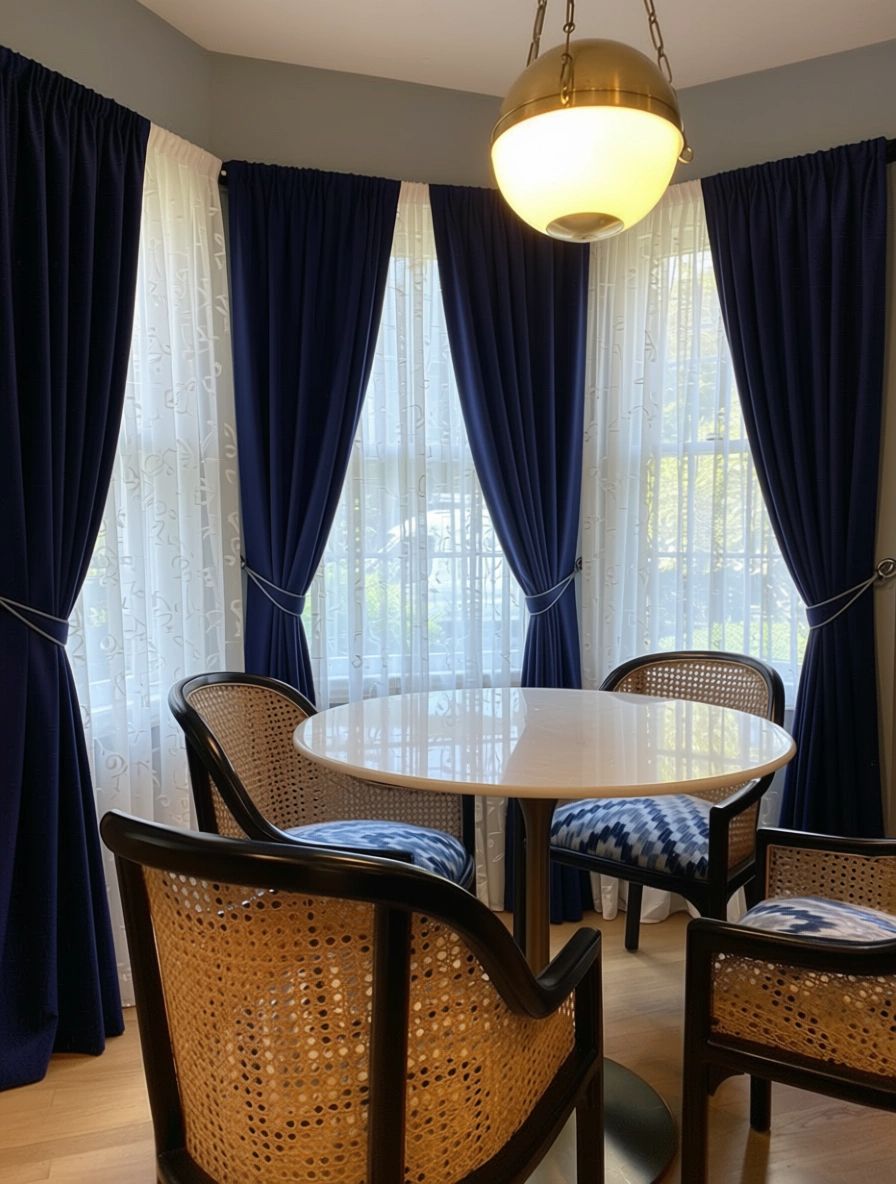
Bedroom
- Blackout drapes for sleep and insulation
- Add sheers for daytime light diffusion
Living Room
- Decorative drapes for style
- Functional sheers to control brightness
Kitchen & Bathroom
- Use moisture-resistant sheers
- Stick to synthetic fabrics like polyester
French Doors & Patio Doors
- Dual rods with drapes and sheers
- Vertical sheer panels for sliding doors
Drapery and Sheers Design Trends in 2025
Stay updated with what's popular:
- Colored Sheers: Soft pastels, muted greens, and blush tones
- Eco-Friendly Drapes: Organic cotton, hemp, and recycled polyester
- Smart Drapery: Motorized rods and voice-controlled systems
- Modern Finishes: Minimal pleats, decorative trim, and sleek hardware
Simply Windows helps clients stay on-trend while choosing timeless pieces that align with function and style.
How to Measure and Install Drapes or Sheers
Correct installation enhances performance and aesthetics.
Step-by-step:
- Measure window width and add 1.5–2x for fullness
- Measure from rod to desired length (sill, apron, floor)—or refer to common
standard drapery sizes to simplify your selection process
- Use the right rod type: single for one layer, double for sheers + drapes
- Hang rods 4–6 inches above the window to create height
Tips:
- Use curtain width calculators
- Always round up to the next size for a tailored look
Drapery vs. Sheers Cost Comparison
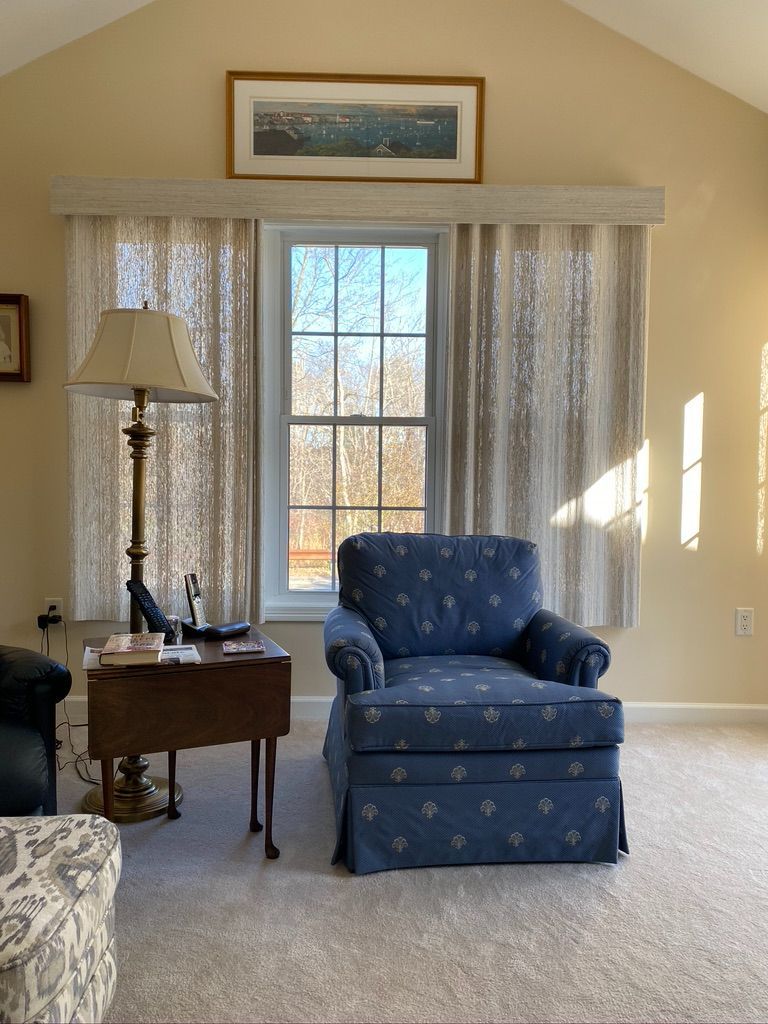
Upfront Cost
- Drapes: Higher cost due to materials and customization
- Sheers: Budget-friendly, especially ready-made options
Maintenance Costs
- Drapes: Higher due to dry cleaning
- Sheers: Lower with machine washability
Long-Term Value
- Drapes offer energy savings and durability
- Sheers offer style flexibility and easy replacement
Choose based on budget, long-term needs, and room function.
Eco-Friendly Drapery and Sheers Options
Sustainability is becoming a key part of window treatment choices.
Drapery options:
- Organic linen, cotton, and bamboo
- Non-toxic dyes and OEKO-TEX certified materials
Sheer options:
- Recycled polyester
- Natural silk blends
Brands to consider:
- Simply Windows (custom sustainable treatments)
- Other leading eco-conscious curtain manufacturers
Drapes or Sheers? Make the Right Choice
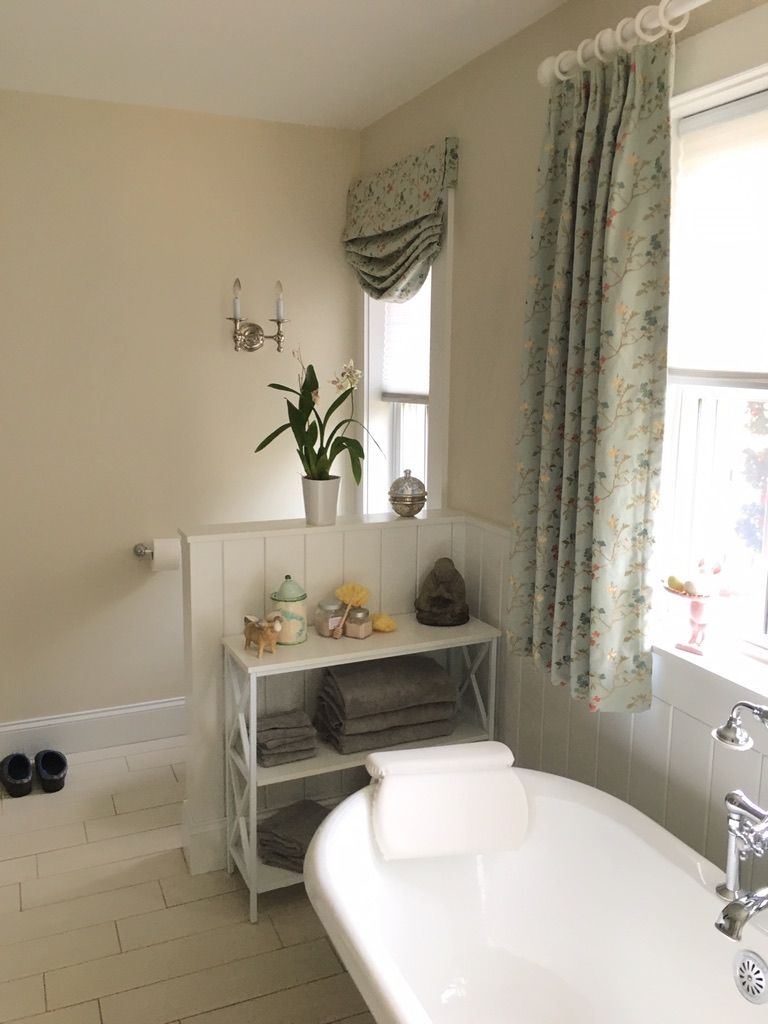
Still unsure? Use this guide:
- Want full privacy and insulation? → Drapes
- Want natural light and elegance? → Sheers
- Want both? → Layer them
Designer Tips from Simply Windows:
- Match fabrics to function
- Always test swatches in natural light
- Don’t be afraid to mix textures and styles
FAQs About Drapes and Sheers

